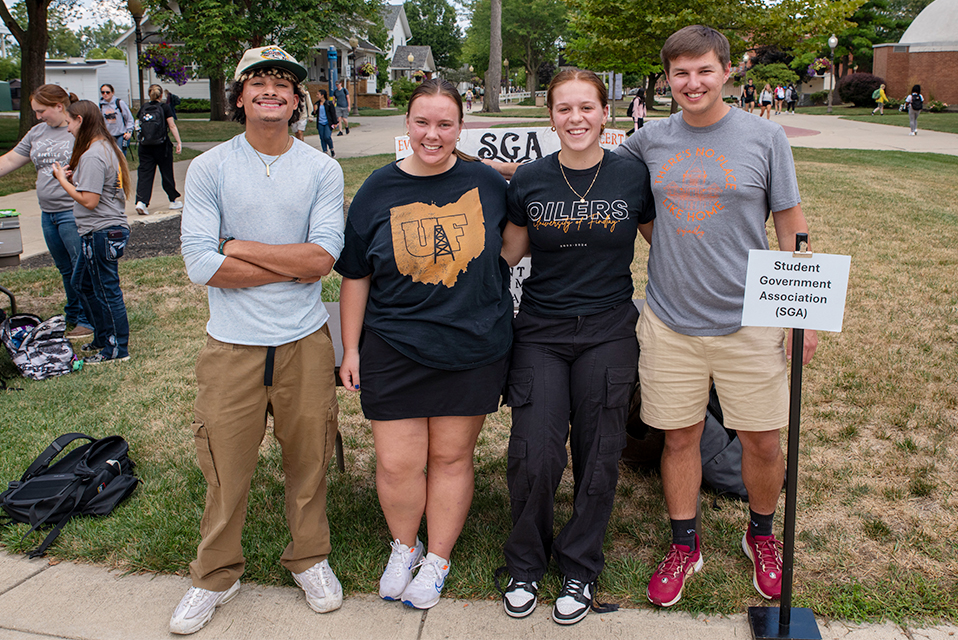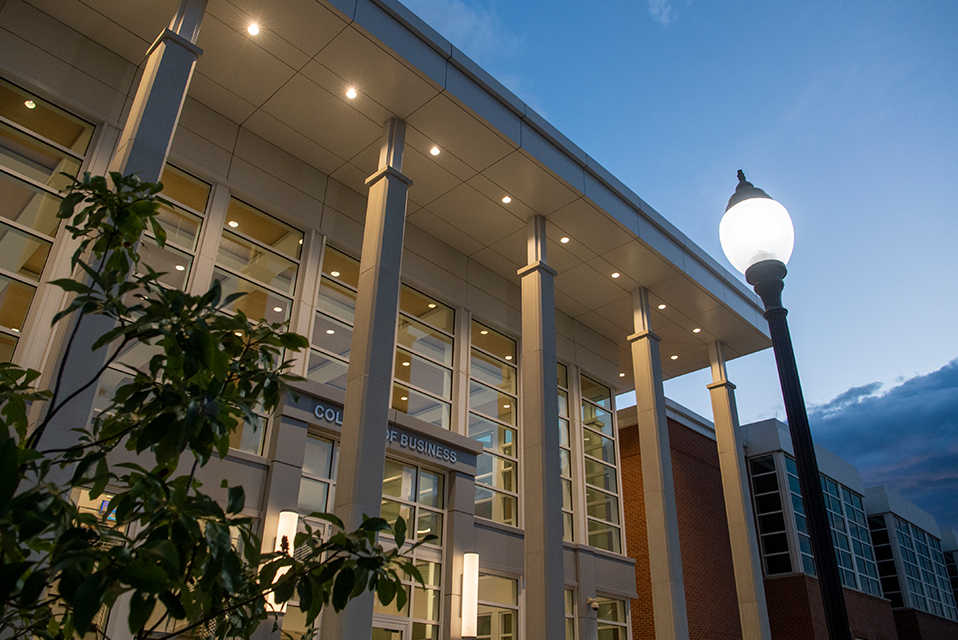New Computational Science Group formed at University of Findlay
University of Findlay is enhancing its computational capabilities in the College of Sciences, thanks in large part to a Super RAPIDS grant tied to Ohio’s 5G broadband initiative. To bolster its capacity for computational work, the university has invested in faculty with computational expertise and established a Computational Science Group led by Helen Schneider, professor and chair of the Department of Computer Science and principal investigator for the 5G grant.
The group includes at least seven faculty members specializing in areas such as artificial intelligence, cryptography and number theory, data science, drug discovery, clean energy materials, microwaves, and nanotechnology. The grant has facilitated the acquisition of advanced hardware and software to support education, workforce training, and research, while fostering collaborations with industry and regional partners.
Among the new resources is the University’s most powerful workstation, featuring an AMD Ryzen Threadripper 7960X 24-core, 48-thread CPU, and 256GB of RAM running on a Linux operating system. A second workstation with 512GB of RAM is also being acquired. Specialized software such as COMSOL, Gaussian, and MATLAB has been installed to address engineering and physical science challenges.
The expanded resources have enabled impactful research across disciplines. Daniel Osborne’s computational group is focused on drug discovery, specifically targeting the S1P_S1PR axis in cancer metastasis. Sphingosine-1-phosphate (S1P) promotes tumor activity in 80% of S1P receptors, and Osborne’s team, which includes five undergraduate STEM students, is developing drug classes to inhibit receptor activation. The group is also building collaborations with the College of Pharmacy.
In materials science, Steven Wild uses Gaussian software to calculate the electronic and material properties of molecular systems, with applications in electronics, solar cells, and pharmaceuticals. In clean energy, research is underway to uncover the mechanisms behind triboelectric phenomena to improve the efficiency of green energy sources.
Data science applications include Dr. Dominic Wilson’s work on leveraging advanced computational methods in data science and knowledge engineering to tackle computer security challenges. In the Department of Mathematics, Daniel Baczkowski and his students are using computational methods to search for the smallest Sierpiński and Riesel numbers, which have cryptographic significance.
The evolution of computing, alongside experimentation and theory, has transformed scientific research and societal applications, including the internet and artificial intelligence. With funding from the State of Ohio, the University of Findlay now offers exceptional computational resources to benefit its students, faculty, and community partners.
To learn more about the College of Sciences at University of Findlay, Visit the college’s website.
Post Views: 106
Latest Newsroom
- How University of Findlay’s SGA Shapes Student LifeFew student organizations carry as much weight as the Student Government Association (SGA). At the University of Findlay, the SGA shapes what student leadership looks like, with senior Isiah Dante Hall leading the way. Hall, who is studying exercise science, […] The post How University of Findlay’s SGA Shapes Student Life appeared first on Findlay Newsroom.
- University of Findlay’s Mortar Board Chapter Recognized NationallyThe University of Findlay’s chapter of the Mortar Board National College Senior Honor Society has received national recognition for its exemplary commitment to scholarship, leadership, and service. On behalf of the Mortar Board National Office, it was announced that the […] The post University of Findlay’s Mortar Board Chapter Recognized Nationally appeared first on Findlay Newsroom.
- Mazza Museum to Host Weekend Conference Nov. 7 and 8Area teachers, librarians, and all book lovers are invited to the University of Findlay’s Mazza Museum for its Fall Weekend Conference Friday and Saturday, Nov. 7 and 8. The two-day conference features educational and engaging presentations from some of the […] The post Mazza Museum to Host Weekend Conference Nov. 7 and 8 appeared first on Findlay Newsroom.
- University of Findlay’s College of Business Set to Support Bravely Leading ConferenceThe University of Findlay’s College of Business continues to champion the Bravely Leading Conference, a dynamic forum designed to empower current and aspiring businesswomen. The event offers powerful learning tools, authentic discussions, and skill-building opportunities, all centered around developing and […] The post University of Findlay’s College of Business Set to Support Bravely Leading Conference appeared first on Findlay Newsroom.
- UF Print and Postal Services Finds New Campus HomeThe University of Findlay’s Print and Postal Services has moved its location on campus. The Center for Student Life and College of Business building will be the new home for the department, where space will be shared with the Ruscilli […] The post UF Print and Postal Services Finds New Campus Home appeared first on Findlay Newsroom.
- STEM Students to Receive Half-Million of Scholarship SupportUniversity of Findlay students majoring in the science, technology, engineering, or math (STEM) fields will benefit starting this fall from a $500,000 scholarship fund generously donated in memory of pioneer, entrepreneur, and philanthropist Austin “Dutch” E. Knowlton. The Austin E. […] The post STEM Students to Receive Half-Million of Scholarship Support appeared first on Findlay Newsroom.













